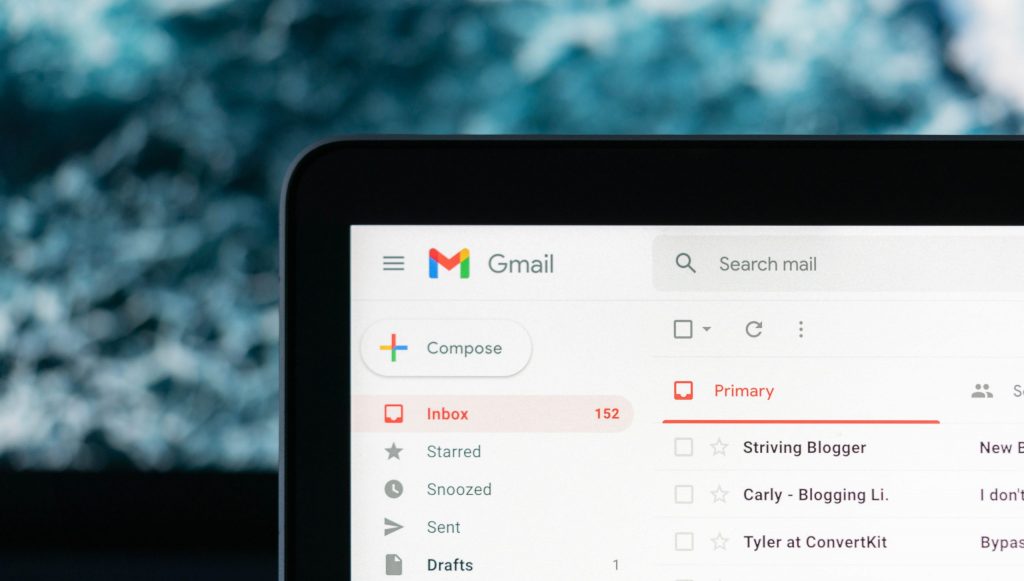Table of Contents
How did Poppers get so popular? There are currently over 2.5 billion people watching Pop It videos on TikTok. The well-thought-out social media campaign is a testament to how lucrative an online presence can be. Are you looking to grow your company’s presence online?
Then you’re in the right place! This guide will show you the differences between inbound vs outbound marketing and how each approach gets eyes on your product or service. What are the different types of marketing campaigns, and how do they work? Read on to find out.
What Are Outbound Marketing Tactics?
What is outbound marketing? Outbound marketing is where a business starts conversations with customers. It’s a way of attracting new eyes to your brand. Outdoor signage, cold calls, direct mail, and television commercials are great examples of outbound marketing. Radio commercials would fall under the outbound marketing category as well. You might be wondering, is outbound marketing still relevant in today’s digital world? It is!
Outbound tactics are situationally successful. For instance, if a company has built up an extensive mailing list, it can use it for an email campaign promotion. Email campaigns are incredibly effective at increasing brand awareness. As long as you introduce the audience to products they might be interested in, sales are possible.
Grow Customer Preference
Outbound tactics such as email campaigns also help grow customer preference. The more a customer thinks about you, the more likely they’ll refer your company. Since referrals are one of the best ways to increase lead generation, brand preference is pretty big. One of the most significant benefits of outbound marketing is that you’re guaranteed to reach people.
It’s a way of renting attention to grow awareness. The downside to outbound approaches is that it’s one of the most expensive options. If done correctly, you can get a great return on investment for every dollar you spend. However, there are still a lot of risks involved.
You should never solely rely on outbound marketing tactics. Instead, you’ll want to find ways to implement inbound and outbound at the appropriate times.
What Is Inbound Marketing?
What is inbound marketing? It’s a type of marketing where the customer is inspired to come to you. They might read an ebook, attend a seminar, complete a class, download a white paper, or visit your website. Sometimes companies will use a Stitch Market Research Company to determine what type of content to generate in the first place. Whatever the case may be, the content you put out into the world will attract the customer to come back to you.
Social Media Inbound Marketing Example
A customer visits your company’s Facebook page and sends you a direct message. They saw a post you put up earlier about a new product, and they’d like to learn more about it. This situation would be a great example of a successful inbound marketing campaign.
Social media is hands down one of the most powerful inbound marketing tools. If you own a company that sells a physical product, Instagram can be one of the best platforms. Instagram is great for companies who can take photos of their products to entice customers to learn more.
Sites like Twitter and Facebook can be tremendous for building community engagement. However, social media alone isn’t enough for your inbound marketing campaign. You’ll also want to implement a strong SEO strategy.
SEO Marketing Tips
SEO stands for search engine optimization, and it’s a way of attracting customers to your website. Converting leads into sales will be easy when your website can grow organic traffic. It’ll be straightforward to make conversions if traffic comes from interested customers.
If your company writes a relevant blog post that attracts a visitor to your website, they’ll be more likely to buy than a stranger would. Since the customers already read content from your company, they’ll begin to see you as an authority in your industry. Skillfully executed SEO campaigns are a great way to increase brand awareness, brand preference, and sales!
Set Clear Business Goals and KPIs
How can you blend outbound and inbound marketing tactics to have the most significant success? It all starts with setting goals.
Clearly define your business goals to make an efficient road map for getting there. Define the key performance indicators or KPIs that will tell you how your marketing campaigns are doing.
You can also gain inspiration from your competitors. Find out what the competition is doing, and make realistic goals based on their success. After setting goals, the next step is to start getting found!
Reach Your Target Audience

When it comes to inbound vs outbound marketing, inbound heavily focuses on target audience research. Inbound marketing tactics, such as keyword research, on-site SEO, and content publishing, will help generate interest. The results can be incredible when you combine well-planned email blasts or white papers.
As far as keyword research goes, make sure you clearly understand your target audience. Find out how people are searching for your content, and devise a strategy that can grow more traffic. If you don’t have any experience with keyword research or on-site SEO, you can always outsource the task to SEO experts. They’ll be able to create the perfect content schedule while also creating the content for you.
Once you have your inbound and outbound tactics in place, you’ll want to have a way of receiving the leads. Make sure your website is up to date and that you’re landing pages easy to navigate. A good landing page will be aesthetically pleasing and attract new leads. You’ll also need to implement a straightforward process for acquiring or onboarding new customers.
Practicing Inbound vs Outbound Marketing
Congrats! Now you know the main differences between inbound vs outbound marketing. As you can see, each marketing approach has to be applied to the right situation for success. Since outbound marketing is the most expensive, we suggest starting with an inbound campaign.
Something as simple as optimizing your landing page can help your business grow like never before. What other type of expertise can help your company grow? Read another one of our blog posts and find out.




